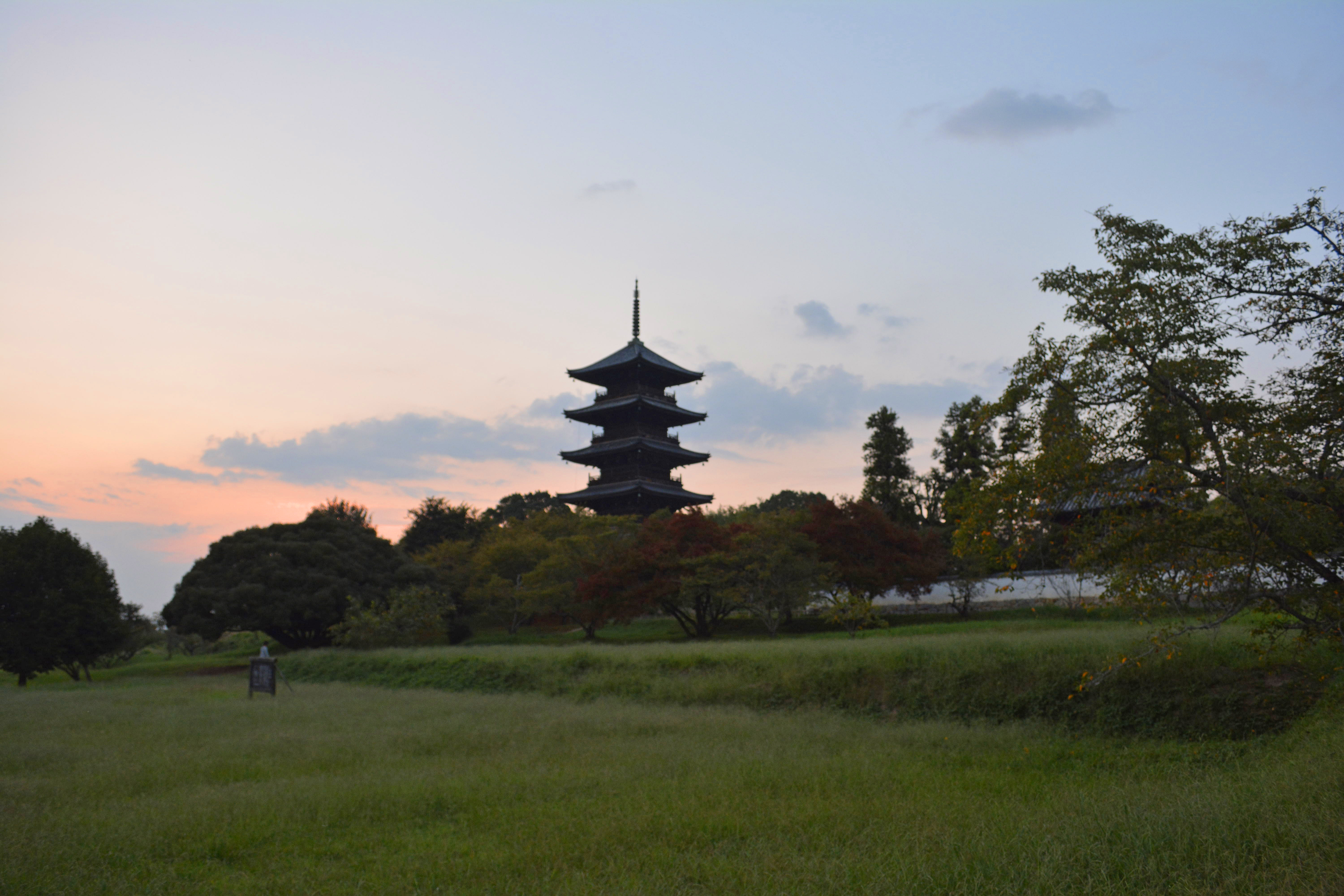It doesn't take a great mind to read a map, and neither does it take one to get lost. I found myself doubting my direction three times as the Kibiji bike path — one of Japan's top 100 cycling roads — wound its way through pear- and grape-growing country, past a continuous patchwork of rice fields to Okayama. My excuse: I was rushing against the threat of rain and I refused to take out my phone and check my current location. The second time (or was it the third?), I knew I was definitely lost when I came upon a French couple standing astride their bikes with maps out, engaging a Japanese farmer. All three were pointing in different directions.
The lost couple were tourists from Rennes, France, who were cycling in the opposite direction from me — I was bound for Okayama, they for Soja, a rural suburb of the prefectural capital where the cycle path stops (or begins). The French couple were the only other cyclists I met along the path that day, during O-Bon — a summer holiday that was afflicted with more rain than sun this year. We chatted for a while in mangled English about the usual topics: food, the weather, people and how they came to be on this cycling path.
Apropos food, the French couple told me that while the sushi was great, they didn't care much for anything else they had eaten — a statement delivered with that quintessential French facial expression of indifference accompanied by a Gallic shrug, which was a pity because if I had more time and was headed in their direction I would have shown them that the Kibiji cycling path is more than a meander through temples, shrines, pagodas and burial grounds. There are some great places here to enjoy the fruits of Okayama but, as with most things in life, you have to put up with a few diversions and wander off the beaten track. That's why a bicycle is great — it allows you to go locavoring (i.e., exploring an area and savoring the local produce).



